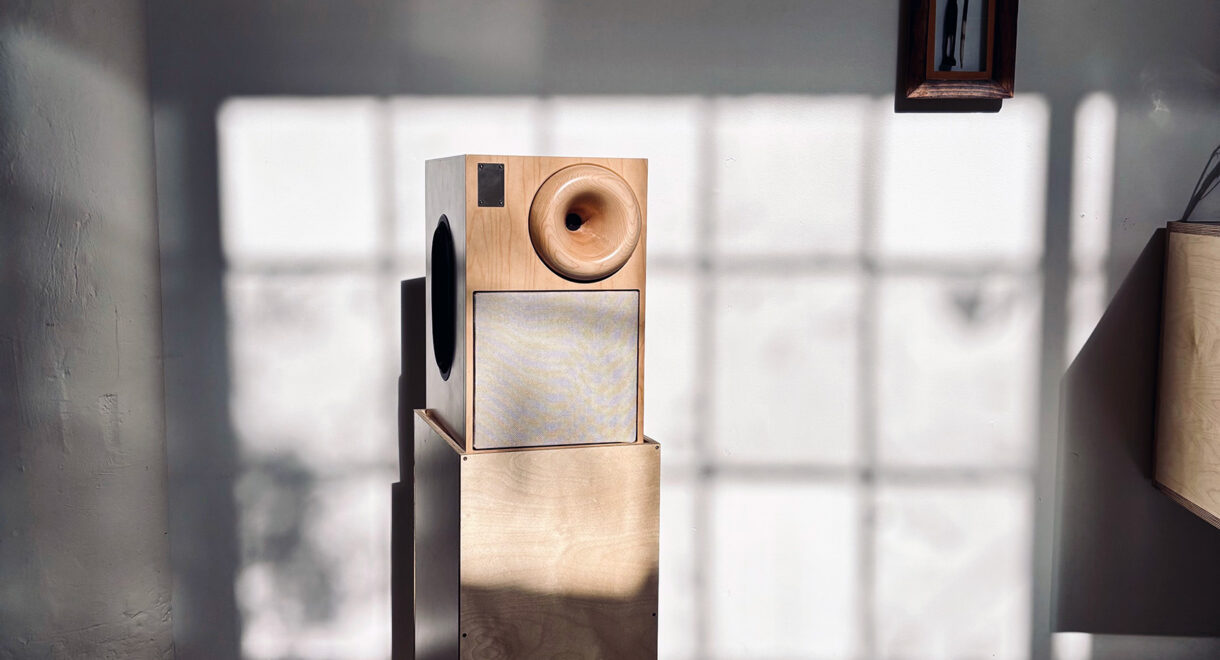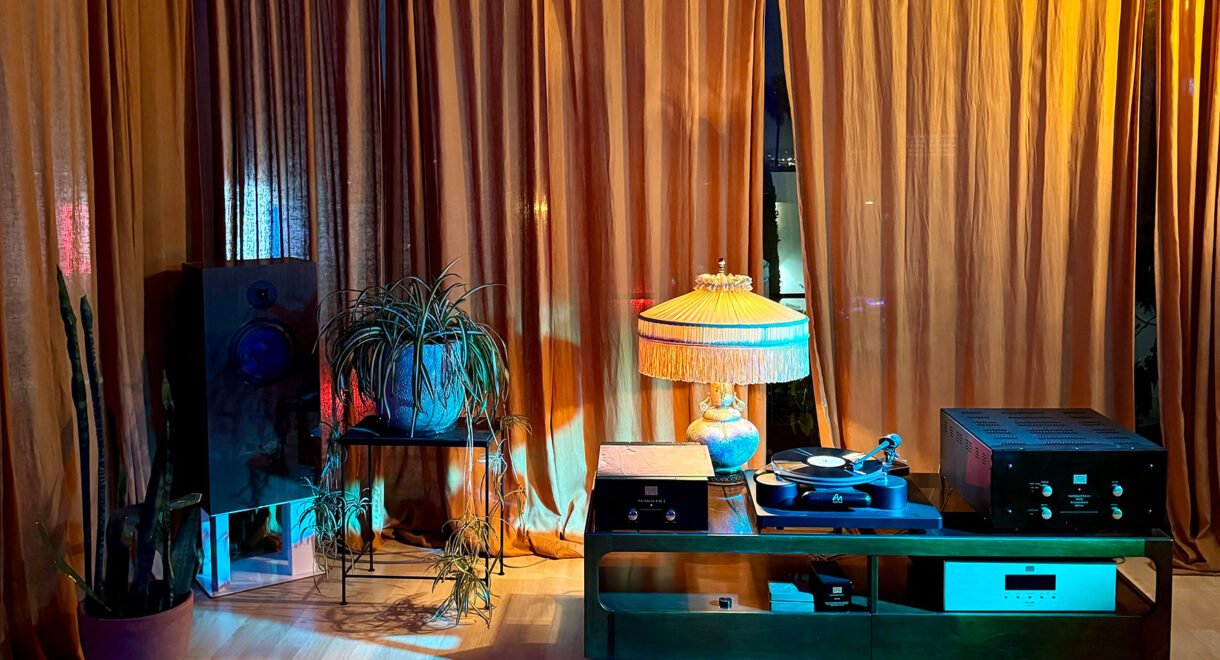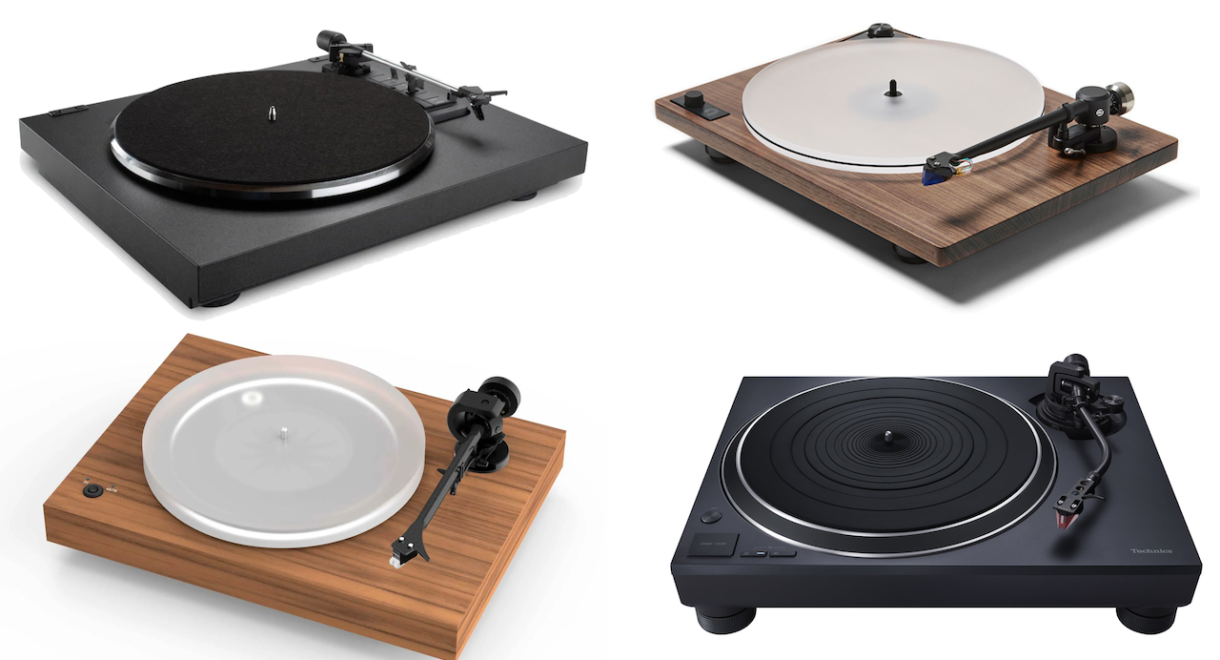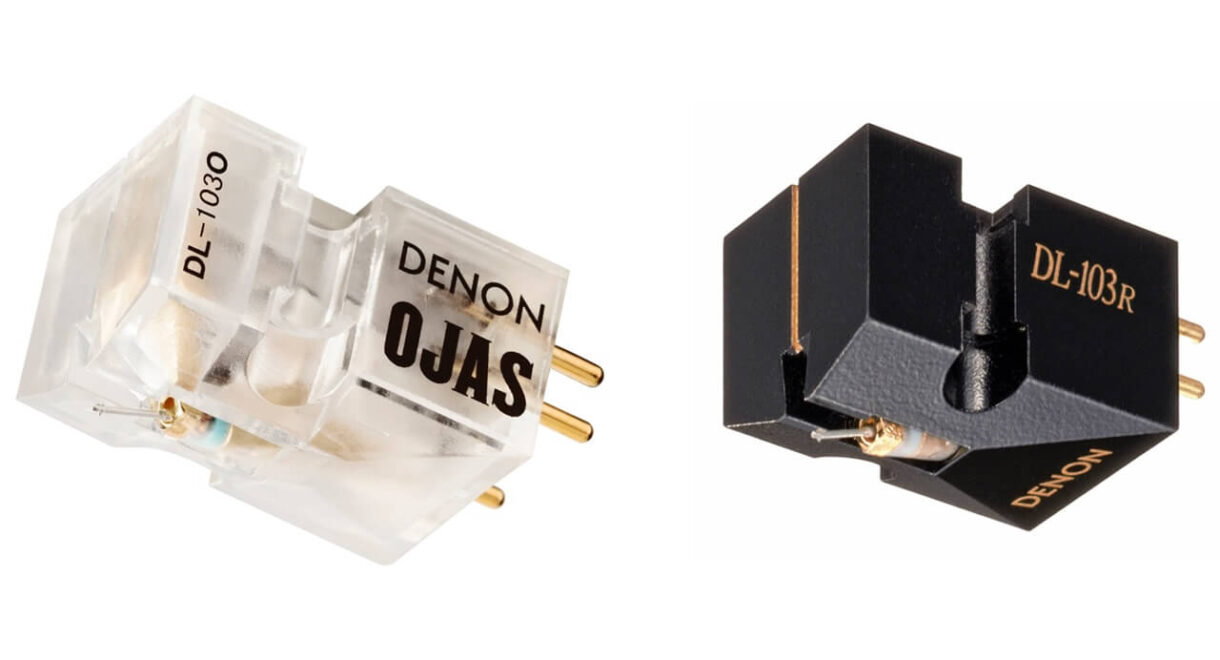Transparent clarity, deep bass, and “Invisible Sound” from German audio company ADS. Background: One of the lesser known hi-fi brands of the ’70s, ADS (Analog and Digital Systems) […]
EMT 927: The Holy Grail of Broadcast Turntables

Today we take a look at the mighty eighty-plus pound broadcast turntable – Elektromesstechnik’s 927 and its compact kid brother, the EMT 930.
Massive, industrial, monochromatic, and most of all outright intimidating, the EMT 927 doesn’t look like most coveted vintage hi-fi turntables. Entirely stripped of the delicate wood finishes and sleek design efforts that often define quality gear, the 927 seems built to withstand a firefight, with a tank-like appearance cast straight out of a prewar industrial Germany.
Aesthetics, however, were far from the developers’ intentions. Quite literally built to be indestructible, the 927’s were designed in cooperation with the ‘Rundfunktechnisches Institut’ (Broadcasting Technique Institute) directed by Walter Kuhl. With Kuhl at the helm, the EMT team set out to create a ‘large studio turntable’ that could be used 24/7/365 in a professional radio broadcast setting.
The need for it to blend with home furnishing with striking design – or even look merely presentable – wasn’t in its DNA. Seventy years later Kuhl would be stunned to discover that this turntable now nests primarily as the center fixture of some of the best home systems and is one of the most desirable vintage HiFi tables on the market.
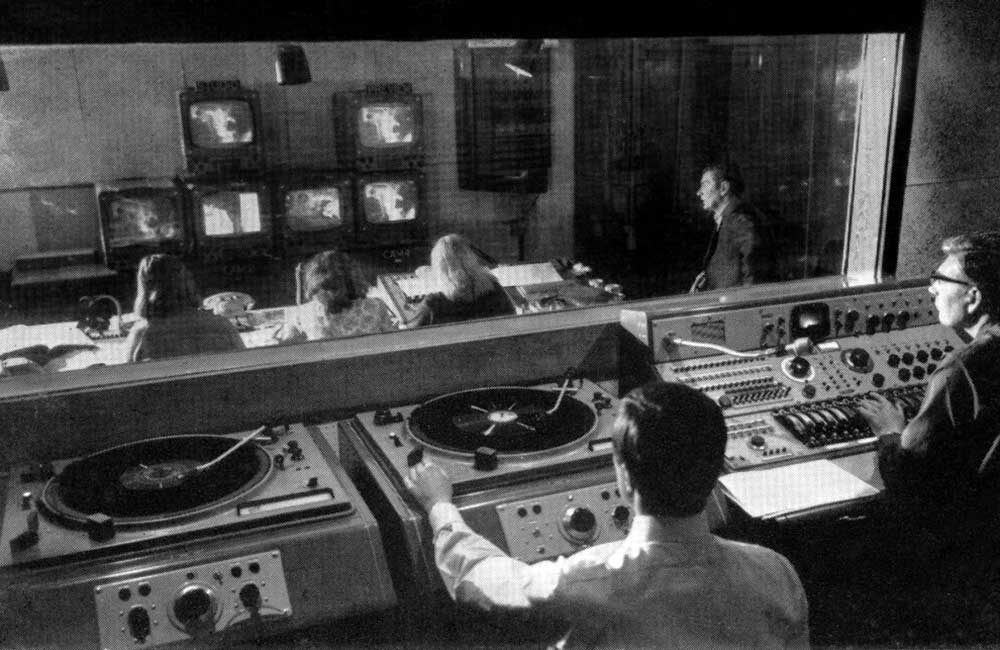
Again, quality, not appearance: These were the principles upon which Elektromesstechnik was founded. Created in 1938 by Wilhelm Franz in Berlin, EMT was established with a sole purpose: to produce elite and affordable broadcast technology. And from 1951 to the late ’80s, just before they embraced the digital playback era, the company produced what is considered the most outstanding 16-inch turntable ever built. Their first born was this, the monolithic 927.
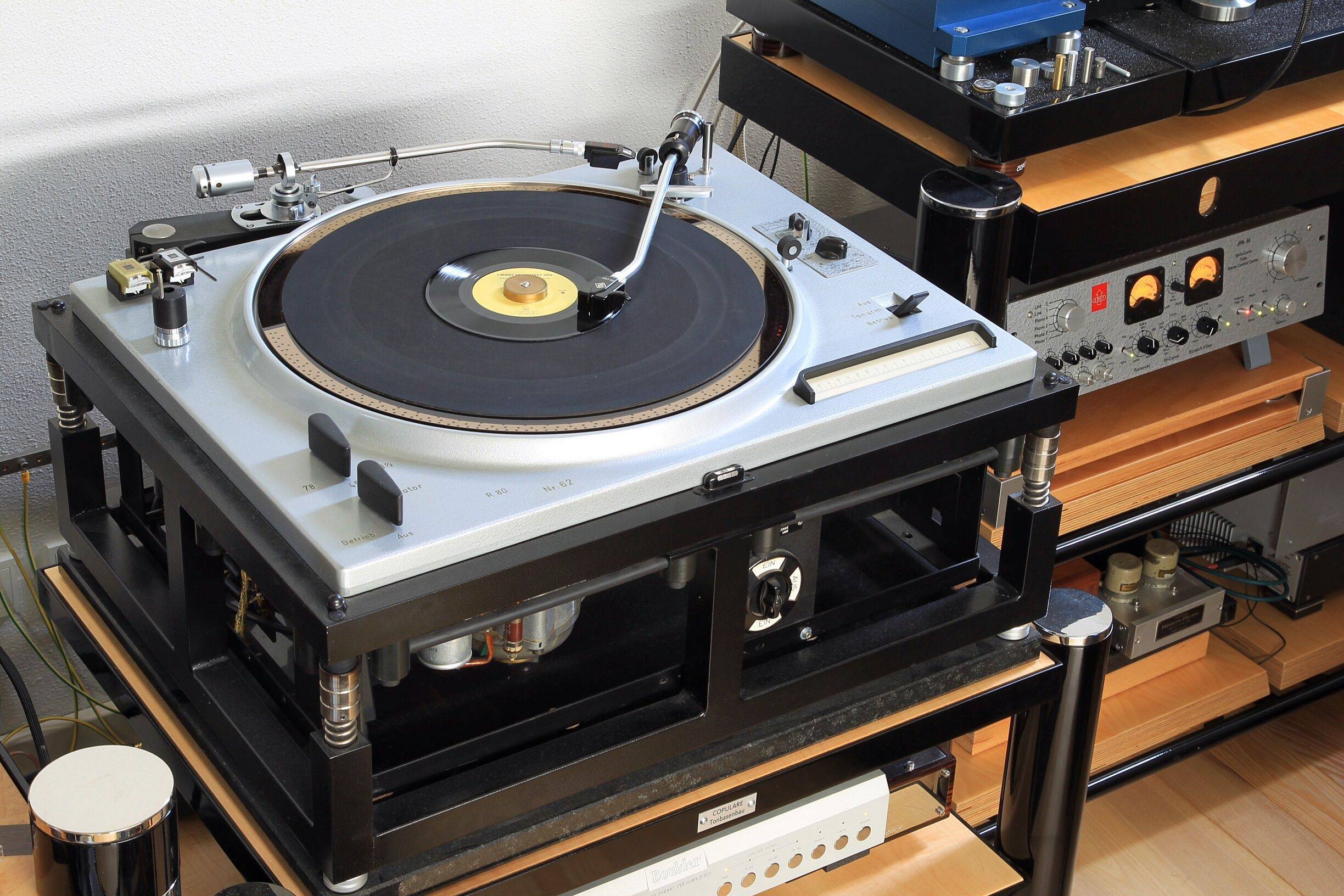
Sitting in an all-aluminum skeletal chassis, the 927 measures at a whopping 67.5 x 52 x 21.5 cm and weighs the same as a baby rhino (approximately 80-plus pounds). Above its exposed innards is a hefty and absurdly oversized 44 cm platter (roughly 17 inches). At the time, a 16-inch turntable was necessary for broadcasting stations of the 1930s through the 1950s to play 16-inch transcription discs, mainly containing soap operas that were a mainstay of the world-leading radio networks.
Next to the platter sits a 12” Ortofon (or EMT) tonearm, all resting on a hammer-tone face that’s fitted with military-grade switches, levers, knobs, and a lifter so smooth you can feel the movement. The platter sits on a ridiculous ball bearing with a shaft that’s 16.6 cm long and has a diameter of 2 cm (!). The most significant component in the assembly is, of course, its motor. On paper it seems more suited for some kind of engine than a turntable. It comes in either 50 hertz or 60 hertz, measuring 13.5 cm in diameter and 20 cm long.
A precision manufactured three-step pulley is mounted on the motor axis, and a precision idler transfers the power from the motor to the inside rim of the platter. The 927’s idler drive is so detailed that it’s said to guarantee the most competent bass and ensure that the music keeps its most accurate pace, a quality most frequently mentioned when compared to Gerarrd turntables. Many say that because of this, the music being played, with all of its variables and instruments, is recreated in its complete totality and flows the most effortlessly forward.
Its unique motor brake also allows for fine adjustment of the speed, about +/-10% adjustment. It can, literally, dead-stop a record playing at 78 rpm (!).
EMT followed up the 927 with the 930, which has just a little less of everything – a more economical turntable developed to reach more stations and studios.

Soundwise, it’s tough to express the superlative ability of this complex machine. Like with all playback, it can never fully reproduce source music; it will always be a reproduction, slightly altered, a shadow version of the original sounds. However, this is where the 927 exceeds that expectation. Due to its robust, muscular, and legendary build quality, it produces a sound that’s precise, immense, and effortless. These uncommonly large puzzle pieces come together to create an unmatched stability that lends itself to a more authoritative and authentic sound presentation.
This, in essence, is why so many HiFi forums have subject lines that ask why no other turntable beats the EMT 927. It’s also commonly listed atop answers to the question, “What is the best turntable ever?”
To hear it is to believe it. But, unfortunately, as with all great gear, getting your hands on one will make too deep a dent in anyone’s savings. But keep your fingers crossed at the next showroom (like we are).
Until then, here is a video that will paint a miniature musical portrait of this holy grail machine.





